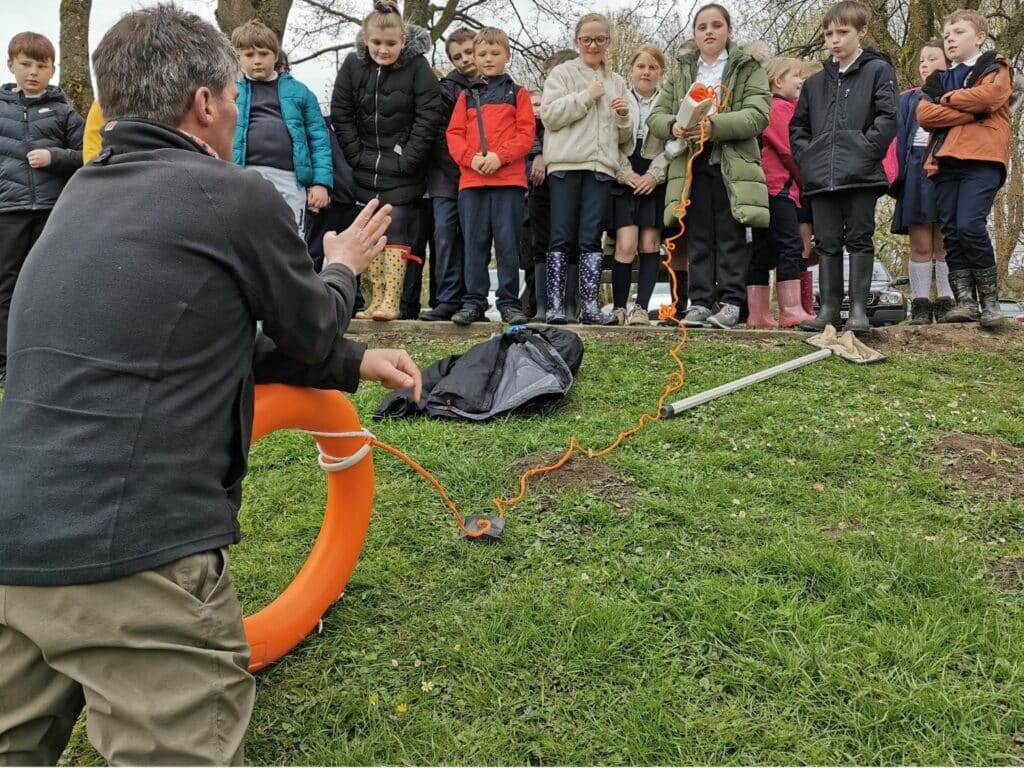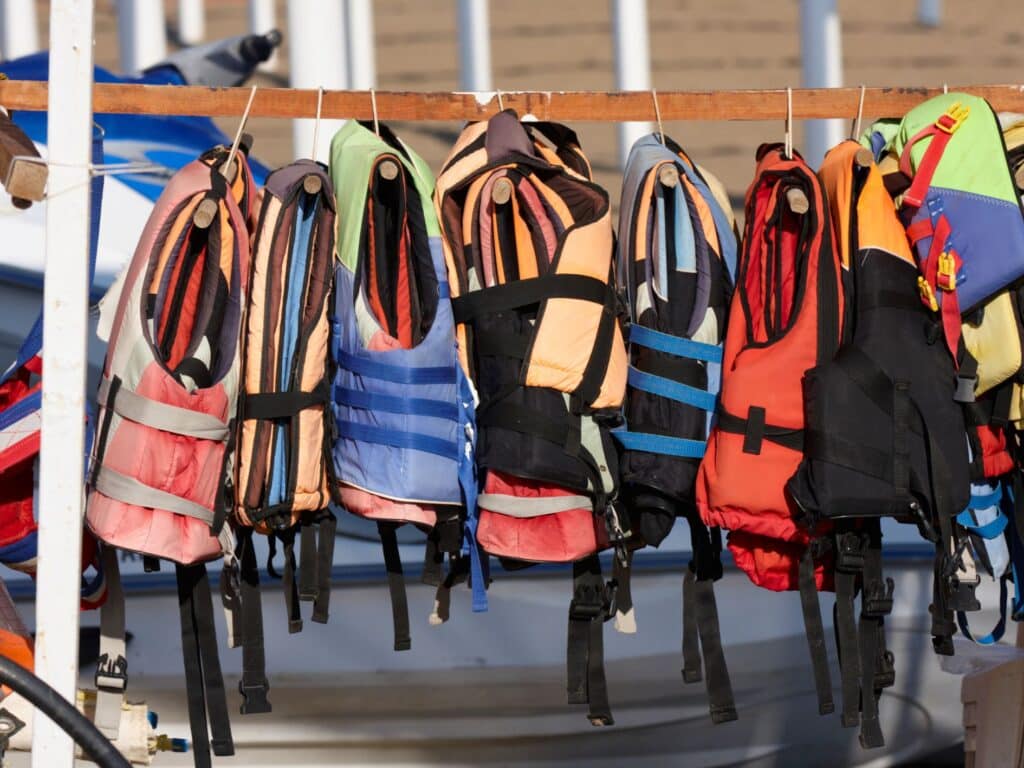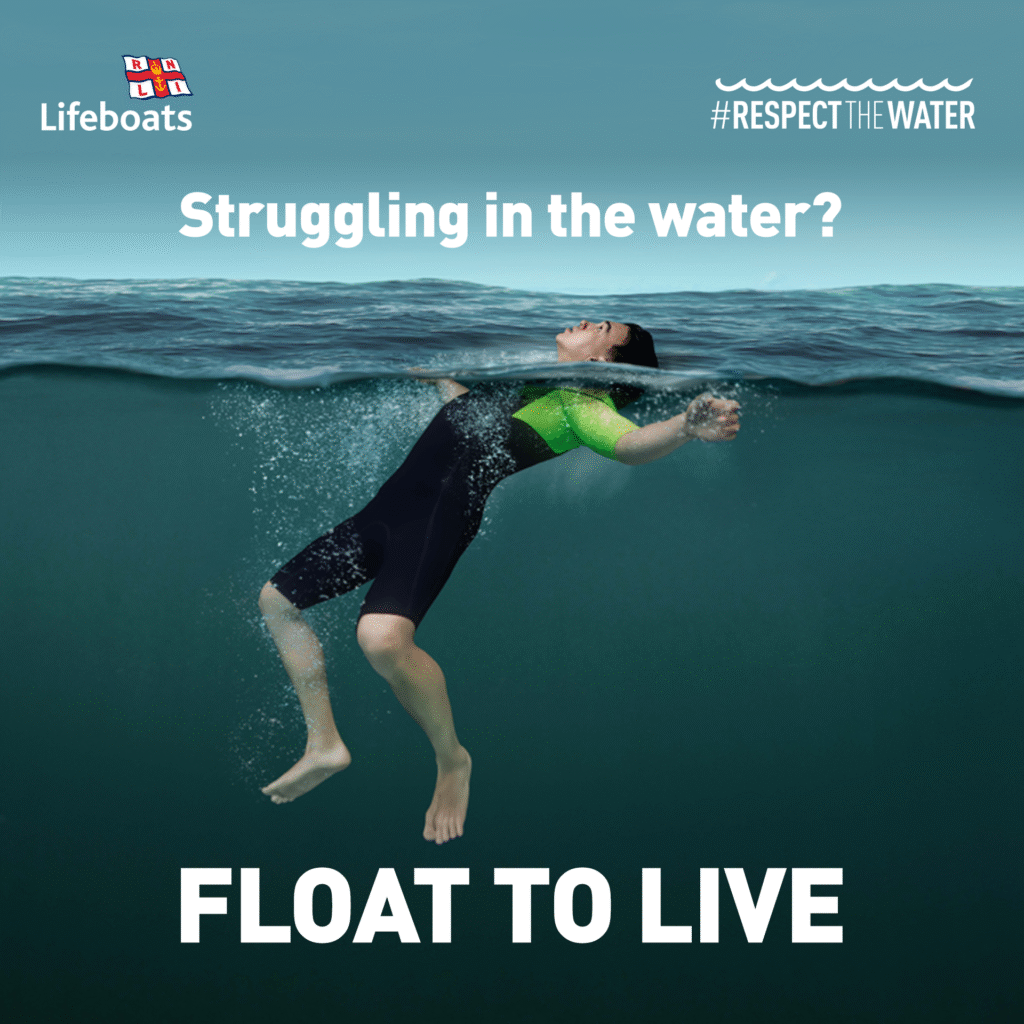
Water Safety: our guide to river safety
The Ribble catchment is a fantastic place to explore, especially when the sun’s shining! From wild swimming to paddling, kayaking to fishing, our rivers, lakes, and streams offer something for everyone. But where there’s water, there’s risk, so we want to make sure you’re well prepared.
That’s why we’ve created this essential guide to river safety. Whether you’re an experienced wild swimmer or a family out on your first river adventure, these tips will help you stay safe, confident, and informed.
And remember: by supporting Ribble Rivers Trust, you’re helping us deliver vital education and engagement work that empowers communities, especially young people, to enjoy rivers responsibly and safely.
Why is river safety important?
Rivers might look calm on the surface, but beneath the water, things can change quickly. Fast currents, slippery rocks, pollution, and sudden drops in temperature all present real dangers. Sadly, drowning remains one of the leading causes of accidental death in the UK, especially for young people in inland waters like rivers and canals.
But with the right knowledge and a little preparation, we can all stay safe and still enjoy the benefits of time spent in nature.

Top Tips for Staying Safe Around Rivers
1. Plan ahead properly
Before heading out, check the local forecast and river conditions. A sudden downpour upstream can quickly lead to dangerous currents and rising water levels downstream. Websites like the Met Office, Environment Agency, and Swimfo are excellent places to start. In summer, low water levels can make water quality issues more severe. So, it’s worth checking the Rivers Trust Sewage Map too, and avoid swimming or paddling near wastewater outfalls or combined sewer overflows (CSOs).
2. Check the water conditions
Rivers can be deceptive, but there are some things you can do to make your surroundings a little more predictable.
- Test the flow: Throw a stick or leaf into the river and watch it float downstream. If it floats away quickly, the current is too strong.
- Test the depth: Many rivers start off shallow but have sudden, deep drop offs. Unless you’re planning on swimming, take a stick with you to continually test the depth. Remember, high flows can change river depths overnight.
- Check the temperature: Rivers are often much chillier than we expect them to be, so test the water with your hands before you get in. If it’s unpleasantly cold, stay out.
- Plan your exit: Choose an easy, safe place to get out of the water before getting in. Swimming is tiring, and what seems like a gently sloping river bank can become a big climb when you’re cold, wet, and exhausted.
3. Bring a buddy and keep kids close
Adventuring with others is always safer and more fun. If you’re wild swimming or paddleboarding, never go alone, and always let someone know where you’re going and when you’ll be back. For children, always keep them within arm’s reach near water. Remember: drowning can be silent and quick. Teenagers, in particular, are at high risk when swimming in open water. Make sure they understand the risks and know what to do in an emergency- especially if they’re heading out without adult supervision.

4. Wear a life jacket or buoyancy aid
For activities like kayaking, paddleboarding, and fishing, wearing a properly fitted life jacket or buoyancy aid is a must. Life jackets are more compact and they come in various styles, including automatic or manual inflation options, while buoyancy aids are bulkier, but ideal for sports where you expect to get wet.
If you are swimming, then a wetsuit will help you stay warm, a brightly coloured swimming cap or tow float will help you stay seen, and a whistle could be a lifesaver if you get into difficulty.
If you’re not sure what’s right for you, the Royal Yachting Association (RYA) has great information on different types of safety gear.
5. Avoid swimming near weirs or infrastructure
Weirs may look serene, but under the surface they can be deadly. Strong recirculating currents, submerged obstacles, and debris make weirs one of the most dangerous features on a river. Always swim well upstream or downstream of these structures, and give sewage outfalls, industrial pipes, and other infrastructure a wide berth. This is why quarries are particularly dangerous. They have deep, cold water with steep, slippery sides, and hidden machinery and debris. If in doubt, then avoid industrial areas.
6. Stay away from alcohol
Alcohol and water don’t mix. Even small amounts of alcohol and drugs can reduce your coordination and reaction time, cloud your judgment, and increase your risk of drowning. Our advice is simple. If you’re planning a day by the river, save the drinks for when you’re home and dry.
The Hidden Risks of Cold Water

Even in summer, river water in the UK is often cold enough to cause cold water shock. This sudden drop in body temperature causes your muscles to seize up, your breathing to become rapid, and your heart rate to spike. Cold water shock can be fatal, even in strong swimmers. If you fall into cold water:
- Try not to panic
- Tilt your head back, relax, and breathe slowly
- Float on your back with your arms and legs outstretched
- Once calm, shout for help or signal by waving
For more information visit the RNLI website, even if you don’t plan on entering the water, their advice could save your life.
If you see someone in trouble, then never enter the water to attempt a rescue. Many people drown trying to save others. Instead:
- Call 999
- Shout for help from others nearby
- If available, throw a lifebuoy, rescue line, or even a long stick- but never put yourself at risk
Why river safety matters to us
At Ribble Rivers Trust, we believe everyone should be able to enjoy their local rivers safely and responsibly. That’s why water and river safety is a key part of our education and community engagement work. We deliver sessions in schools and youth groups, run outdoor activities, and provide safety training and resources to help young people connect with nature without putting themselves at risk. By supporting our work through volunteering, donating, or spreading the word, you’re helping us to improve river safety and keep rivers healthy.

Rivers are at the heart of our local landscapes. Whether you’re casting a line, exploring a riverside trail, or simply basking in the beauty of nature, you can help protect these special places now, and for generations to come.
By becoming a Ribble Rivers Trust supporter for just £3 a month, you’ll be funding real, on-the-ground action.
Ready to make a difference? Learn more here: ribbletrust.org.uk/become-a-supporter

